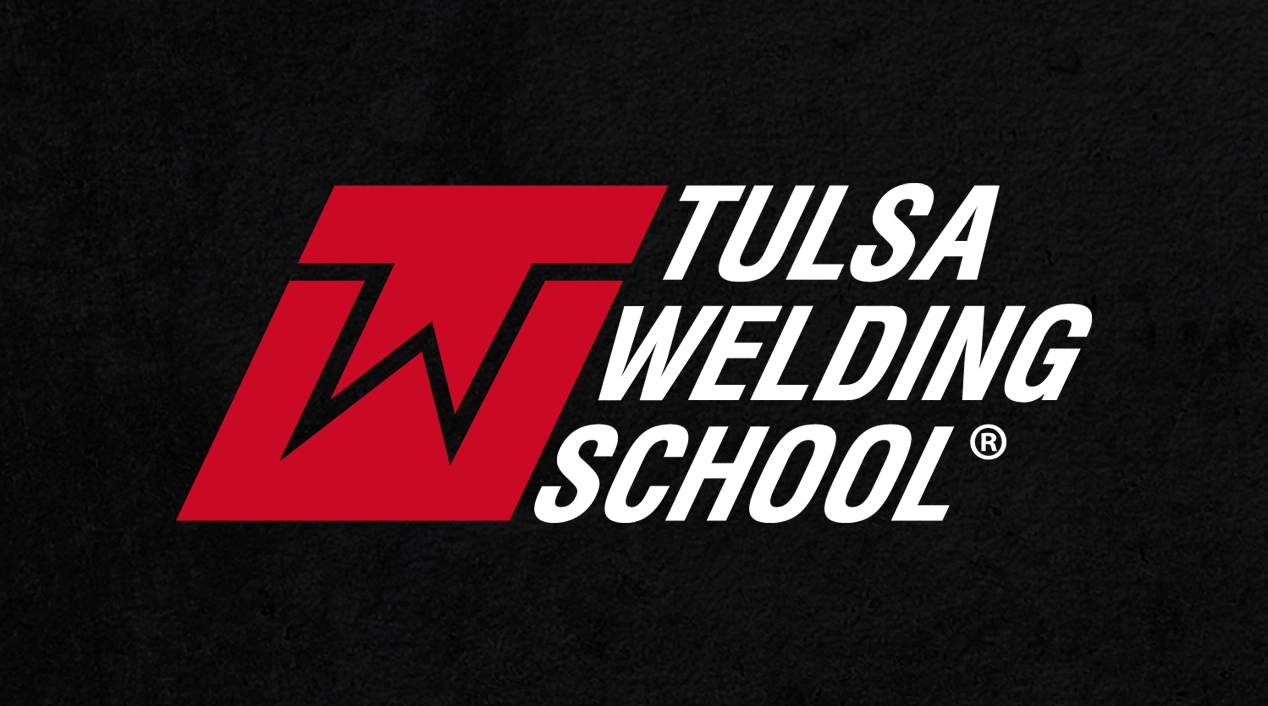TWS is a Great Training Option for Everyone
Learn more about how we can prepare you to advance your career.
No matter the material or the style of welding, it is important to work using clean base metals. Metals with surface rust, dirt, soot, and other forms of corrosion can make the task of welding more difficult as well as produce weaker welds. Impurities on the surface of a base metal or filler material can increase porosity and even cracking. These impurities include dirt, grease, rust, paint, plastic, and other contaminants. For most materials and equipment, steam cleaning can reliably remove contaminants from the surface. Blast cleaning and solvent cleaning are common alternatives. Power tools like brushes, grinding wheels, and disc grinding can also be used for certain applications. Taking the extra time to clean a base metal surface is recommended to create the strongest, most durable weld possible. Welders should become familiar with the cleaning requirements of different metals, particularly aluminum.
Base Metal Preparation for Welding Aluminum
Aluminum presents a special case for cleaning. In addition to making sure the surface is free of various impurities, aluminum must also be free of oxide or it will result in extensive porosity. Welders must prepare both the base metal and filler material to ensure neither surface contains oxide. To help prevent condensation and water accumulation, welders should store all base metal and filler materials vertically and at room temperature, if possible. Keeping them covered with a cloth while in storage can also help reduce foreign matter from contaminating the surface. The cloth itself should be clean, too. Shop rags can actually transfer more grime and oil then was originally on the metal.
Cleaning Aluminum Joints Before a Weld
Materials that arrive from another shop often have a grease or oil coating to protect the metal. These surfaces should be degreased with a solvent and then wiped down with a paper towel (not a shop rag). It is important to clean all surfaces, not just the working surface, because the weld may pull through impurities from the other side of the material. Welders should also avoid using unnecessary lubricants, especially any petroleum-based lubricants, which break down in the welding process and introduce hydrogen into the joint.
Joint Clean-up After a Weld
After a joint is welded, do not use compressed air to blow away excess material from the joint. This contains moisture and oil contaminants that will introduce new impurities to the surface. Instead, another solvent should be applied and then a stainless steel wire brush should be used to clean the weld. This brush should be dedicated only to aluminum base metals or it should be thoroughly cleaned beforehand. If the brush is used on other metals and is not cleaned, it could embed hydrocarbons and other contaminants into the base metal.
Have You Considered a Career in the Skilled Trades?
Fill out the form to recieve a no obligation info packet.
Welders can learn proper preparation and clean-up techniques in a welder training program. For more information about learning the skills to become a welder, contact Tulsa Welding School to sign up for vocational training in Oklahoma or Florida.
Resources:
http://www.millerwelds.com/resources/articles/cleaning-aluminum-welding-wire-metals/
http://www.keytometals.com/page.aspx?ID=CheckArticle&site=kts&NM=130
This blog has been labeled as archived as it may no longer contain the most up-to-date data. For a list of all current blog posts, please visit our blog homepage at https://www.tws.edu/blog/







